Common House Spiders in Florida
Spiders are a common sight in Florida homes, especially in areas like garages, attics, basements, and crawlspaces. While most are harmless, some species can become a nuisance or even pose health risks.
Here’s a look at some of the most common house spiders in Florida and what you need to know about them.
Key Takeaways
- Florida homes have spiders like house spiders, jumping spiders, and cellar spiders that are harmless to people.
- Some spiders, like black widows and brown recluses, have venomous bites that may need medical attention.
- Keeping spiders out means sealing gaps, cleaning up clutter, removing webs, and controlling other bugs.
- Pest control services offer inspections, custom treatments, web removal, and long-term protection.
1. American House Spider

The American house spider is one of the most frequently encountered spiders in Florida homes. These small, dark brown, or gray spiders build messy cobwebs in quiet, undisturbed areas such as closets, basements, and garages.
Though they may look intimidating, these domestic house spiders are not dangerous to humans. Their bites are rare and generally cause only mild irritation.
2. Southern House Spider
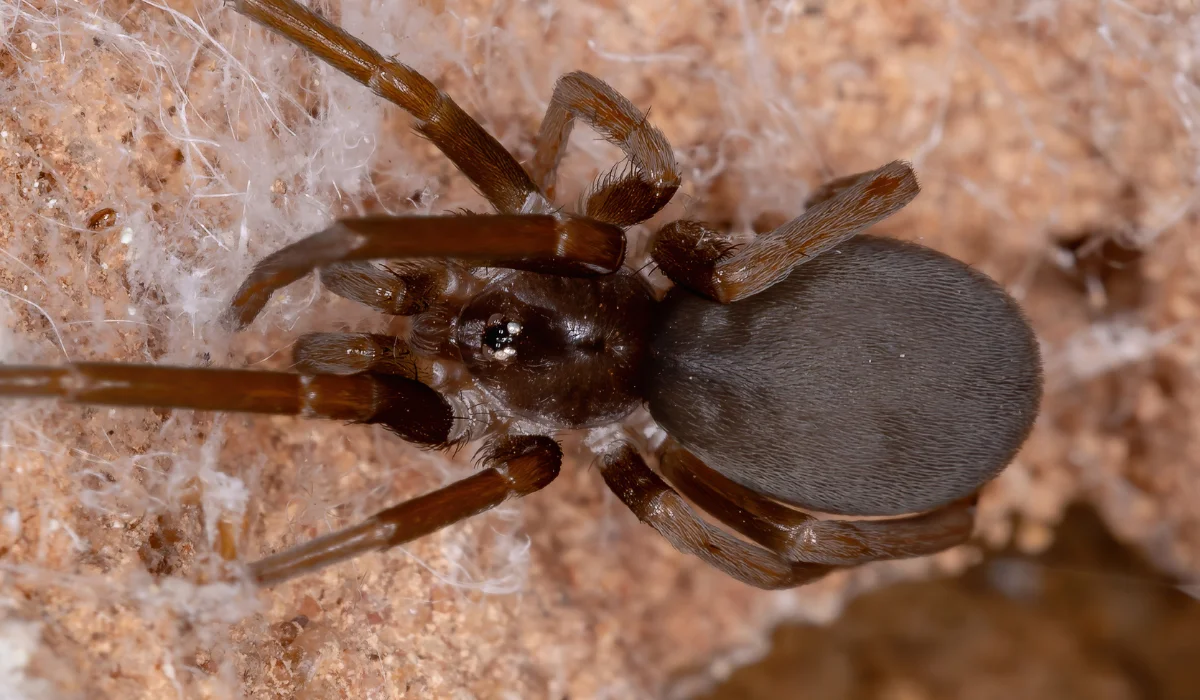
The southern house spider is often mistaken for the more dangerous brown recluse spider due to its dark brown color and similar body shape.
However, unlike the brown recluse, it does not have a violin-shaped mark on its back. These spiders are commonly found in crevices around windows, doors, and attics.
While they are large and fast-moving, they are harmless to humans.
3. Southern Black Widow Spider
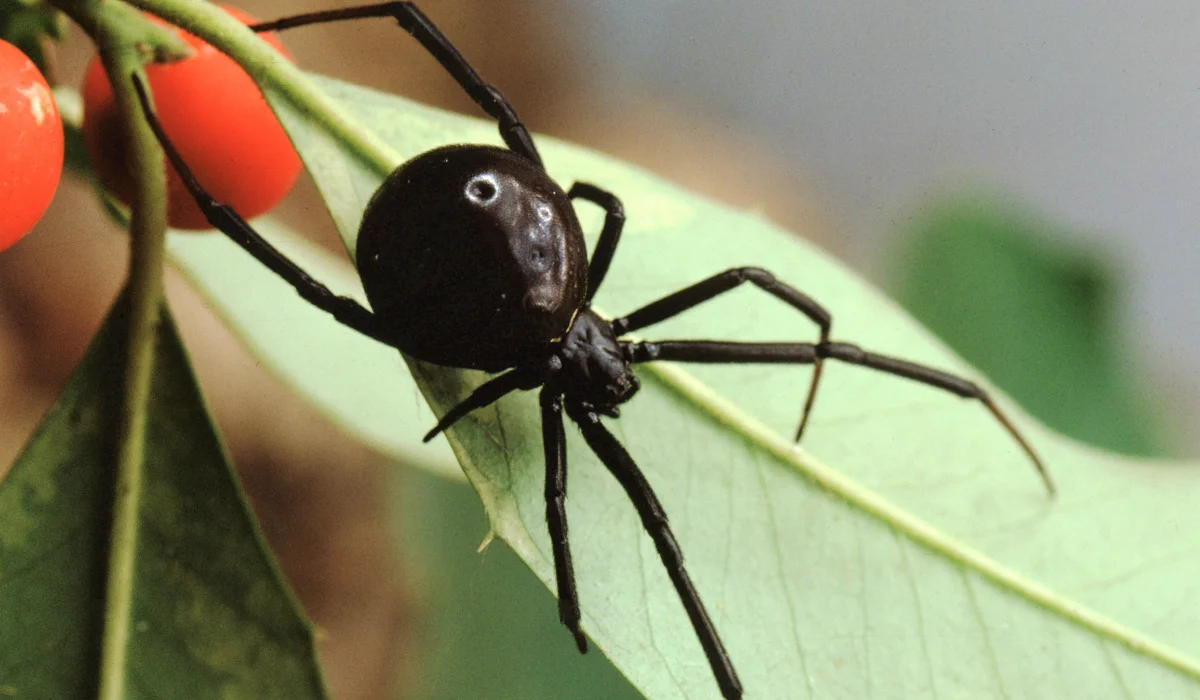
The southern black widow spider is one of Florida’s most well-known venomous spiders. It can be identified by its glossy black body and the distinctive red hourglass marking on its abdomen.
Black widows prefer dark, sheltered spaces like woodpiles, garages, and crawlspaces. Their bites can be painful and require medical attention, though they are rarely fatal.
4. Brown Widow Spider
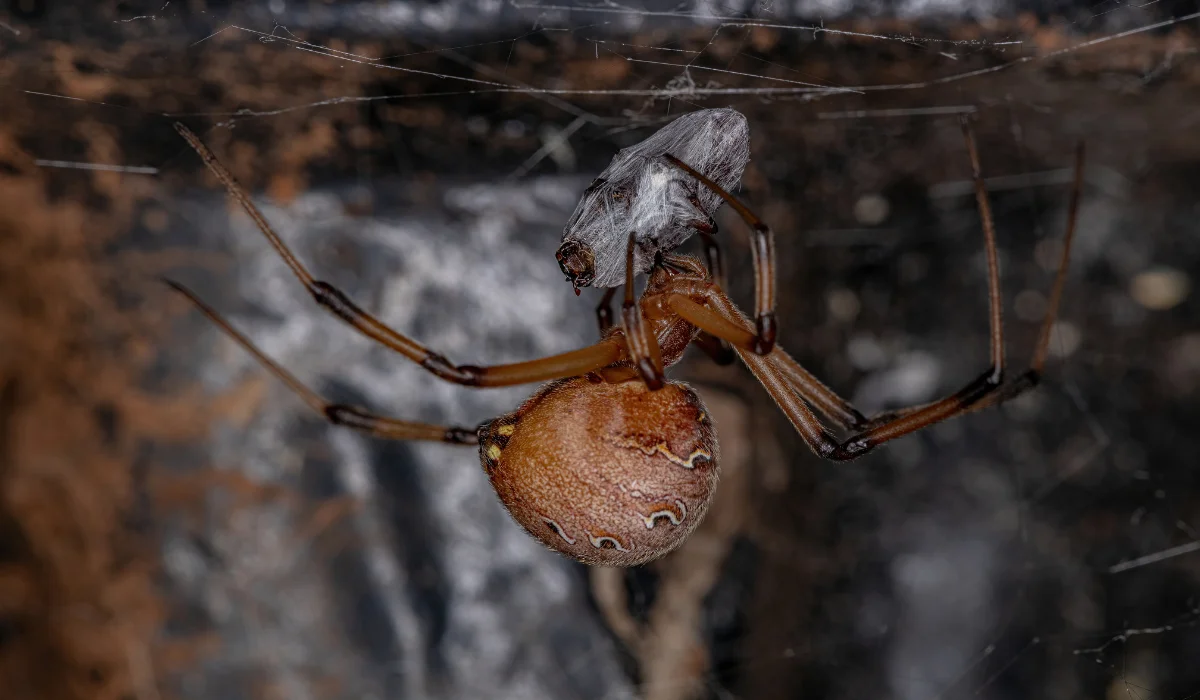
Closely related to the black widow, the brown widow spider has a lighter brown body with an orange hourglass shape on its underside.
Unlike its black cousin, the brown widow is more likely to hide in outdoor furniture, under eaves, and in mailboxes. Its venom is potent, but it injects less than a black widow, making bites less severe.
5. Brown Recluse Spider
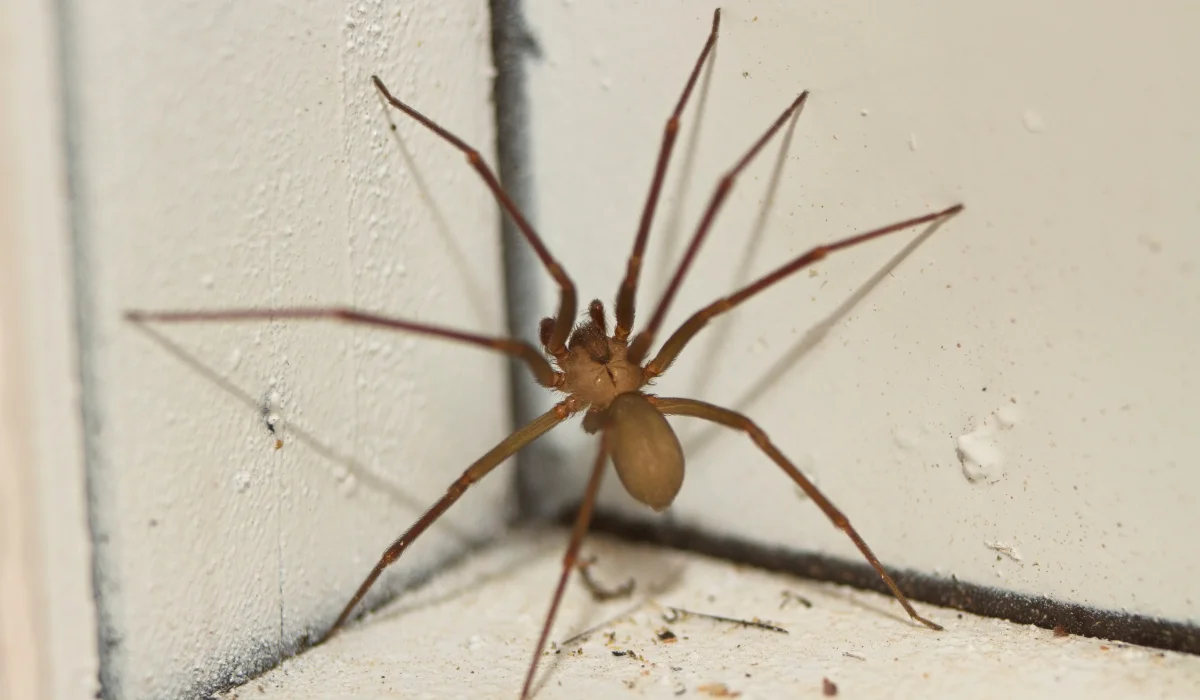
The brown recluse spider is not as common in Florida as other house spiders, but it can occasionally be found in attics, basements, and storage areas. This spider is known for its violin-shaped mark on its back.
Brown recluse bites can cause serious skin reactions, including necrosis, so it’s important to seek medical attention if bitten.
6. Wolf Spider
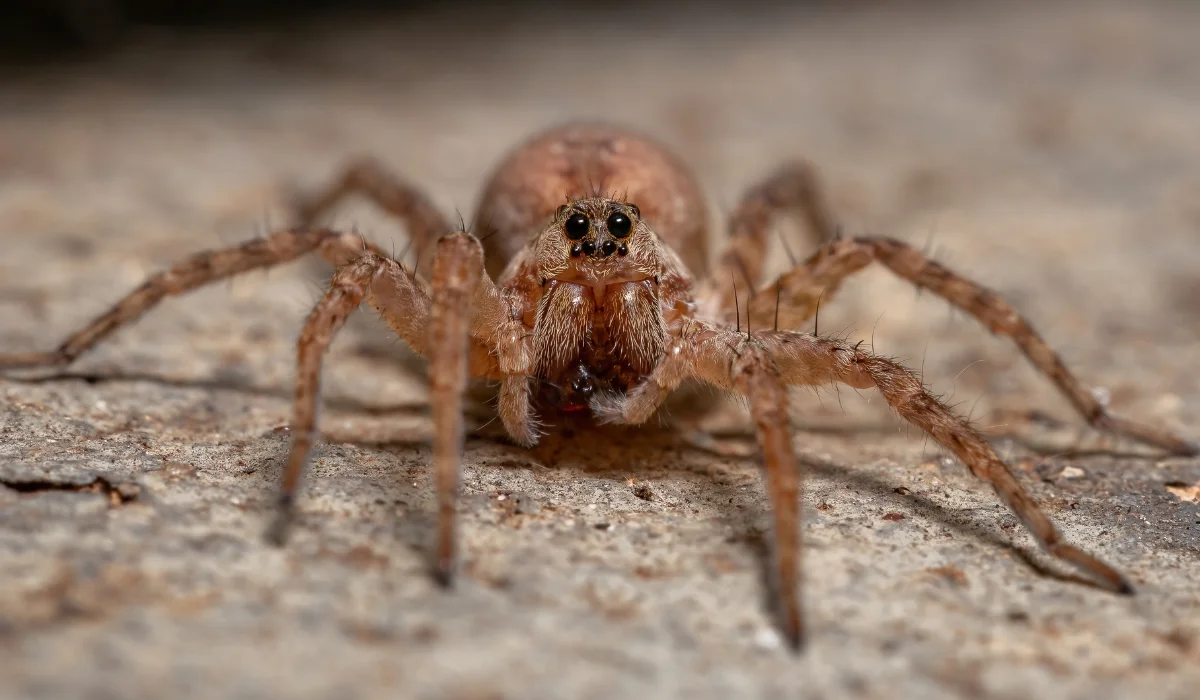
Wolf spiders are large, hairy spiders that do not build webs. Instead, they actively hunt their prey. Often found in garages, crawlspaces, and basements, these spiders may look intimidating but are not dangerous to humans.
Their bites can be painful but typically cause only mild irritation.
7. Jumping Spiders
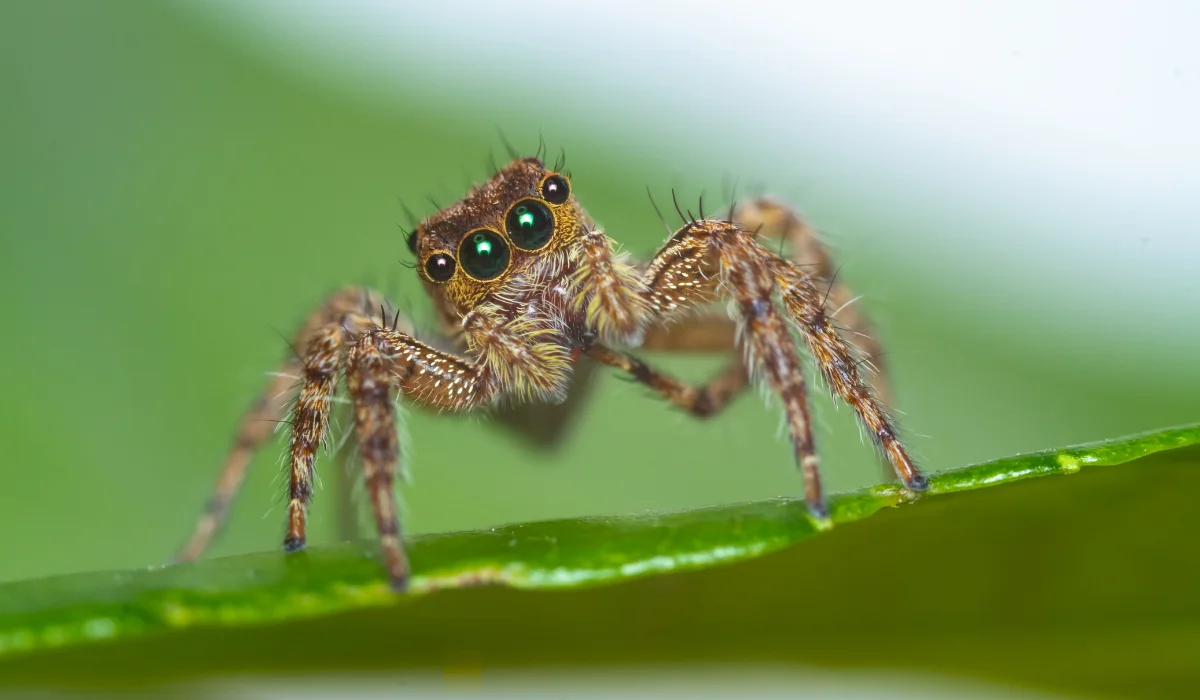
Jumping spiders are small, fuzzy spiders known for their large front eyes and quick movements. They are often found on windowsills, walls, and ceilings, hunting for small insects.
These spiders are harmless to humans and can even help control pest populations in the home.
8. Sac Spider
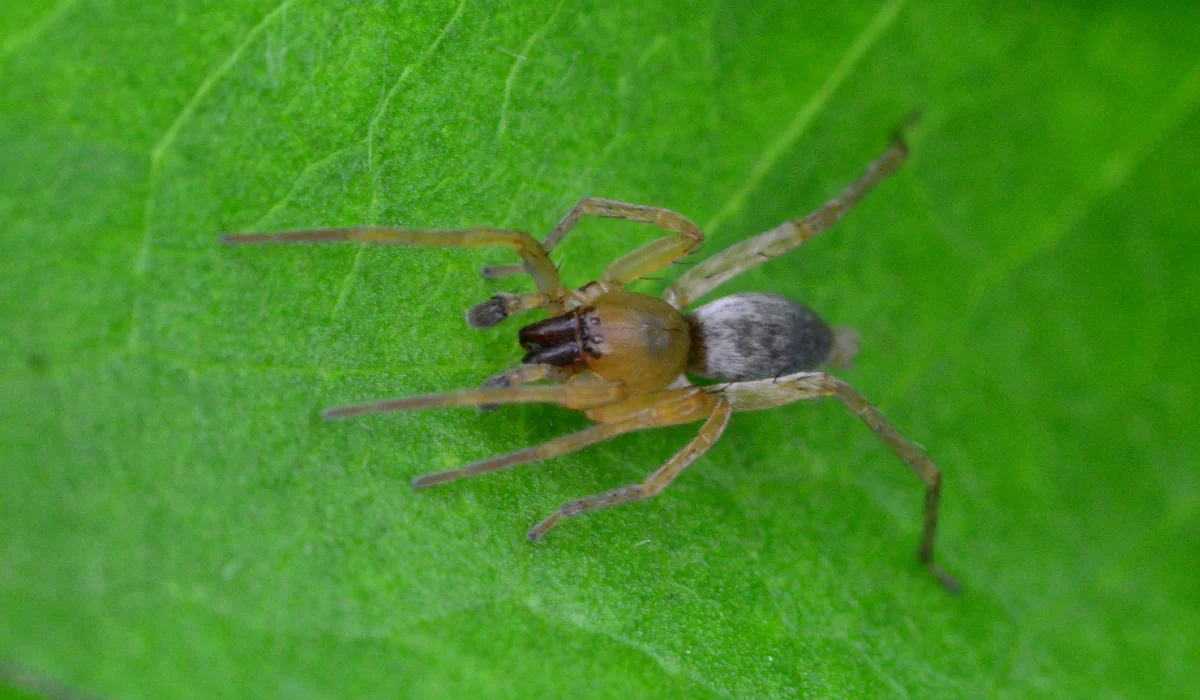
Sac spiders are small, pale spiders that build silk sacs in corners of walls, ceilings, and closets. They are nocturnal hunters and do not rely on webs to catch prey.
While their bites can be irritating, they are not considered dangerous.
9. Cellar Spiders
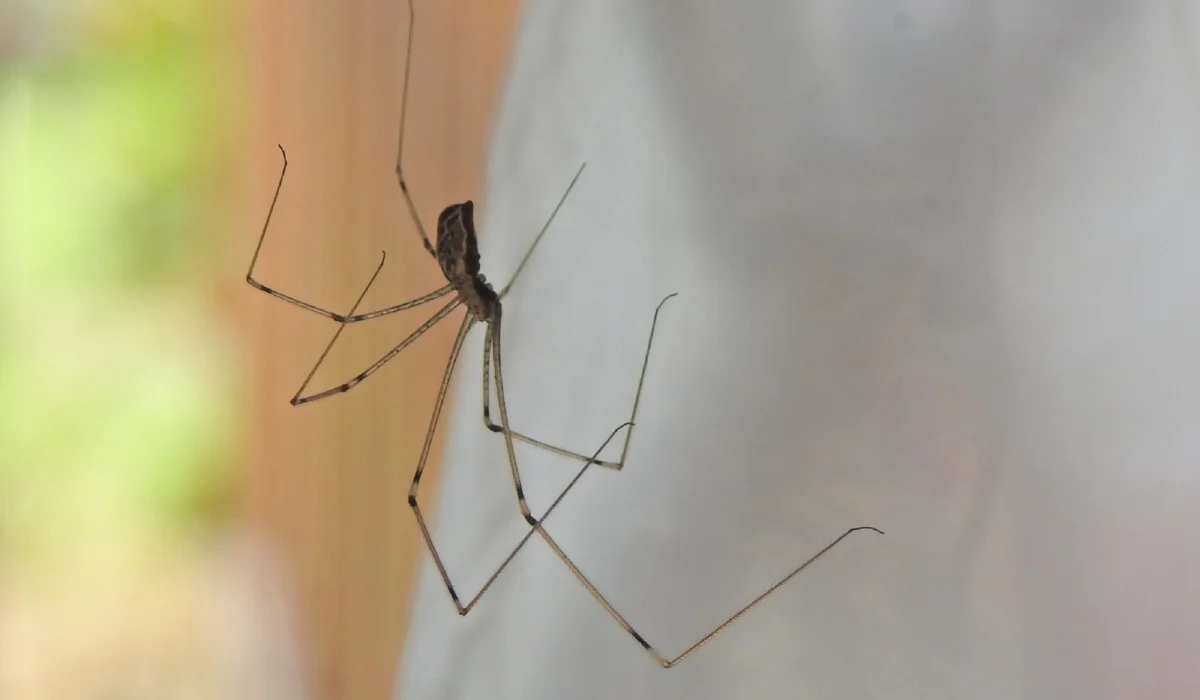
Cellar spiders, commonly referred to as daddy long legs, are thin-legged spiders that build large, tangled webs in basements, attics, and garages. These spiders are harmless and are known for vibrating in their webs when disturbed.
10. Orb Weaver Spiders
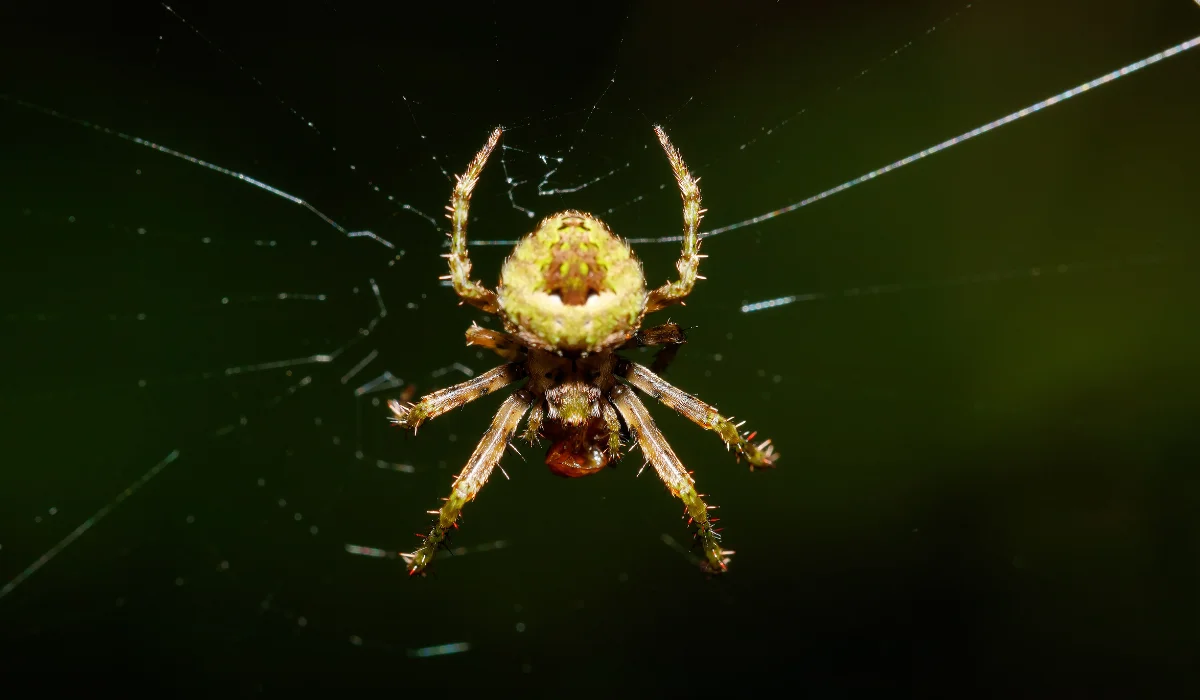
Orb weaver spiders are often seen outdoors, but they sometimes find their way into homes, particularly in crawlspaces or around windows. They build large, circular webs to trap flying insects.
Orb weavers are beneficial and completely harmless to humans.
11. Huntsman Spider
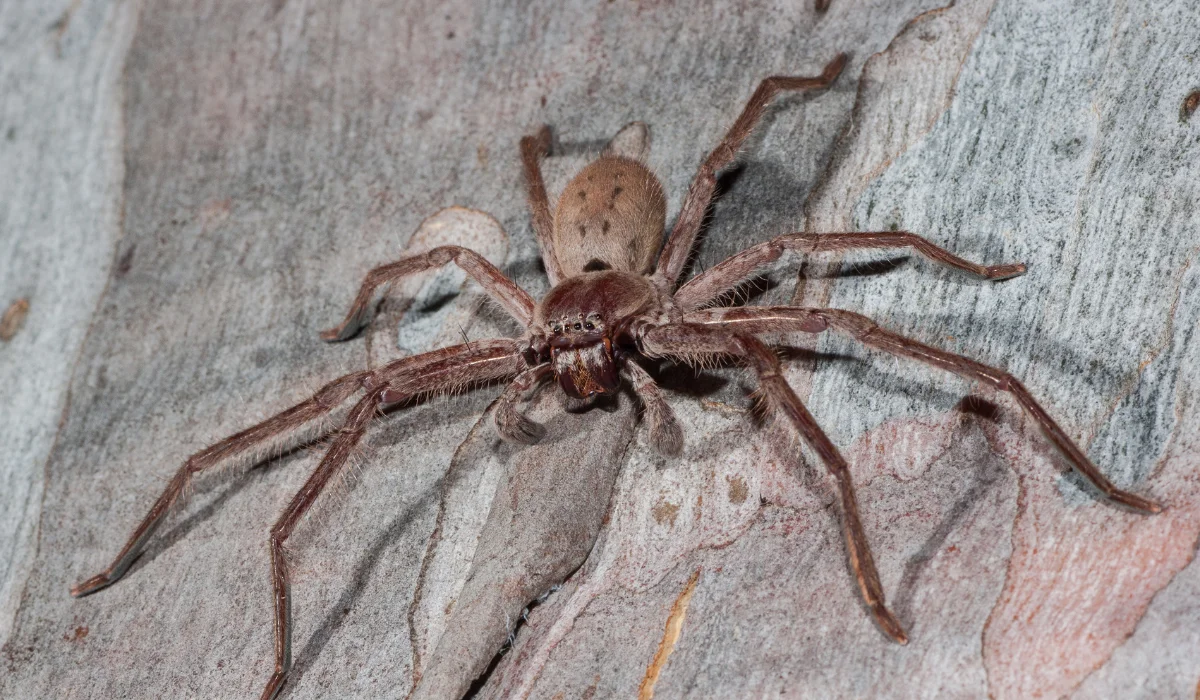
The huntsman spider is one of the largest spiders found in Florida homes.
With long legs and a flat body, it often hides behind furniture, in attics, and in garages. Despite their size, huntsman spiders are not aggressive and help control other pest populations.
How to Prevent a Florida Spider Infestation
Spiders enter homes in search of food sources, shelter, and accessibility. While most are harmless, keeping them out can prevent webs, surprise encounters, and potential spider bites.
As homeowners, here’s what you can do to keep these arachnids away:
- Seal crevices and gaps in walls, doors, and windows to limit entry points.
- Reduce clutter in closets, basements, attics, and garages to eliminate hiding spots.
- Remove cobwebs regularly to discourage spiders from settling.
- Address other pest infestations—spiders follow their prey, so managing insects like ants and termites can reduce spider populations.
- Use professional pest control services if you have a severe spider problem.
When to Call Professional Spider Control
If you’re dealing with spider infestations in your Florida home, consider professional pest management for a pest-free living space.
At Native Pest Management, we know how frustrating it can be to find any of these species of spiders in your home—whether they’re lurking in the corners, spinning webs in your garage, or hiding in your attic.
That’s why we offer:
- Thorough Home Inspection
- Customized Treatment Plans
- Web Removal & Prevention
- Ongoing Protection
